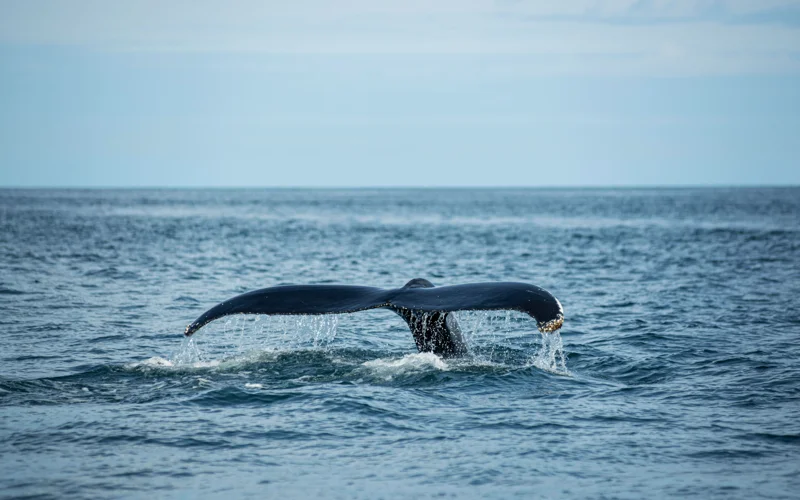Humpback whales lose over 36% of body fat during annual migrations
New research reveals that humpback whales lose about 36 percent of their body fat during their annual migrations, Xinhua reported.

This dramatic change in body condition reflects the immense energy demands these whales face as they travel long distances between breeding and feeding grounds, according to a statement released Monday from Australia's Griffith University, which co-led the study.
The loss of 11,000 kg of body fat per adult whale during migration underscores the vital importance of Antarctic krill feeding grounds for their survival, said scientists from Australia, the United States, Colombia and Denmark.
Researchers employed drone-based photogrammetry to track the body condition of 103 adult humpback whales traveling between their krill-rich Antarctic feeding grounds and breeding grounds in Colombia.
The team found whales are fattest in early autumn (March-May) and lose significant blubber during migration, reaching their leanest by late spring (August-December).
This blubber loss equals the energy from consuming 57,000 kg of krill, highlighting their dependence on Antarctic krill to fuel their long journeys and reproductive cycles, said the study published in Marine Mammal Science under the Society for Marine Mammalogy in America.
"Our study quantifies the whales' extreme 'feast and fast' lifestyle, and the critical role of Antarctic krill in their survival and migratory life-history strategy," said the study's first author Alexandre Bernier-Graveline, PhD candidate from Griffith University.
Researchers warn that rapid changes in the Antarctic sea-ice ecosystem and krill populations could significantly impact humpback whale survival, underscoring their vulnerability to environmental change and revealing key insights into the energy demands of migration.
Earlier it was reported that more whales are getting stranded in western Japan bay as global warming progresses.
